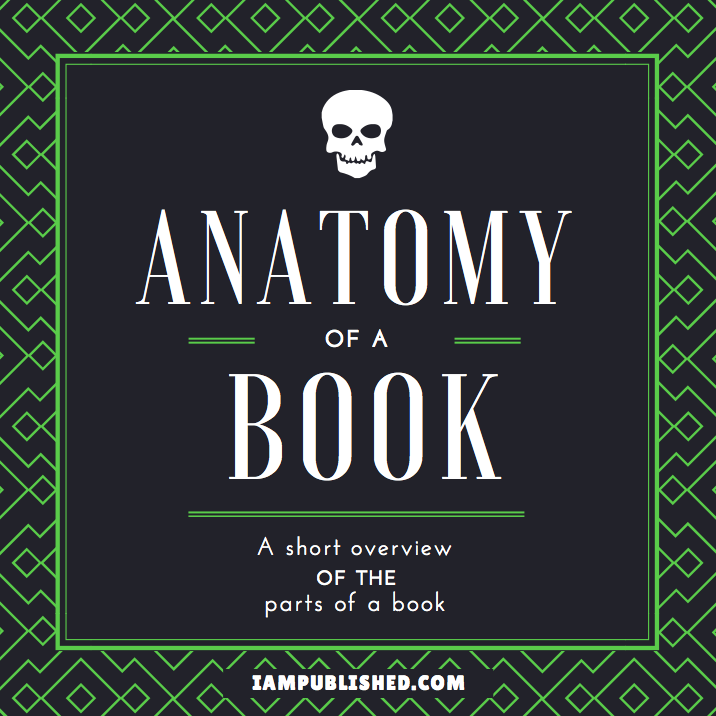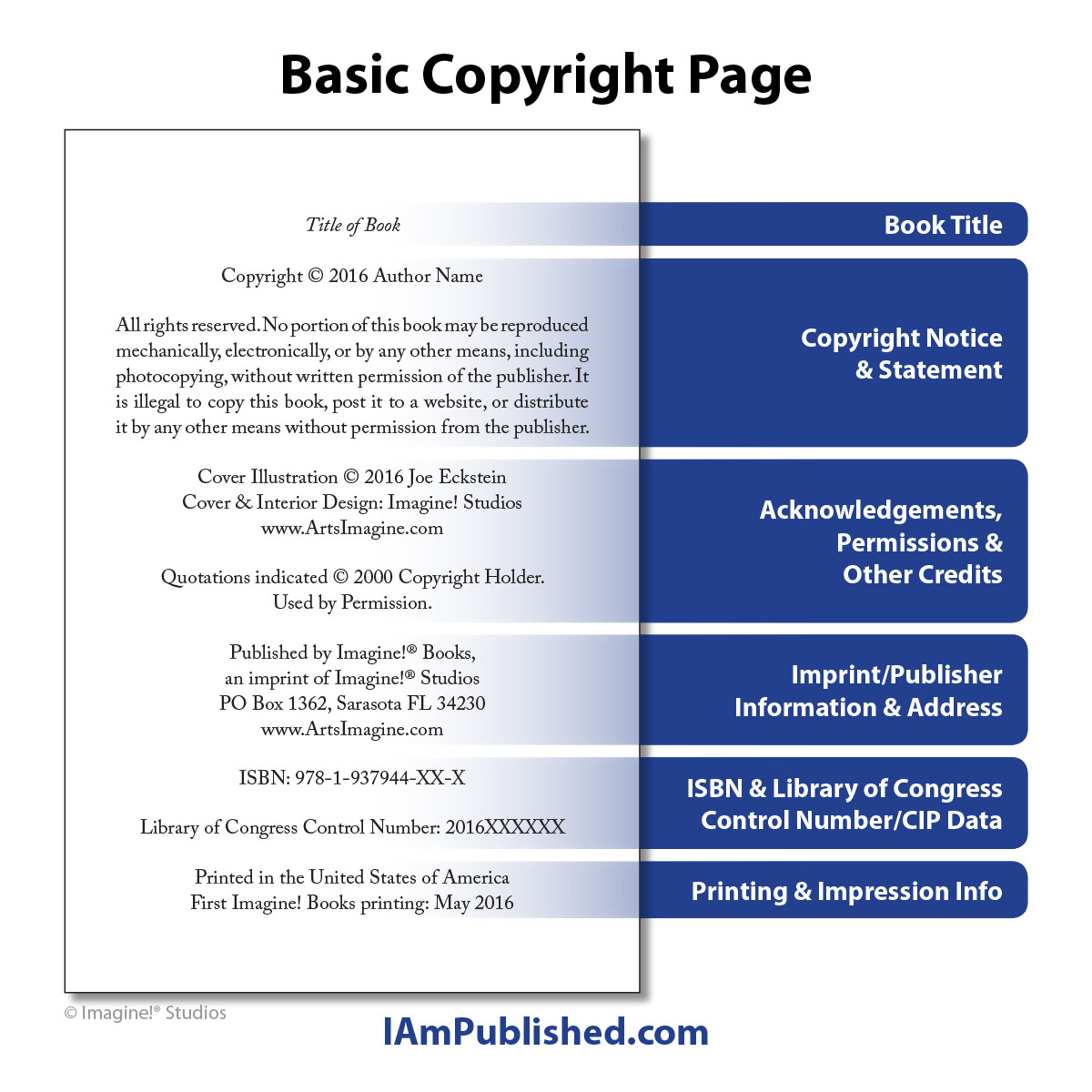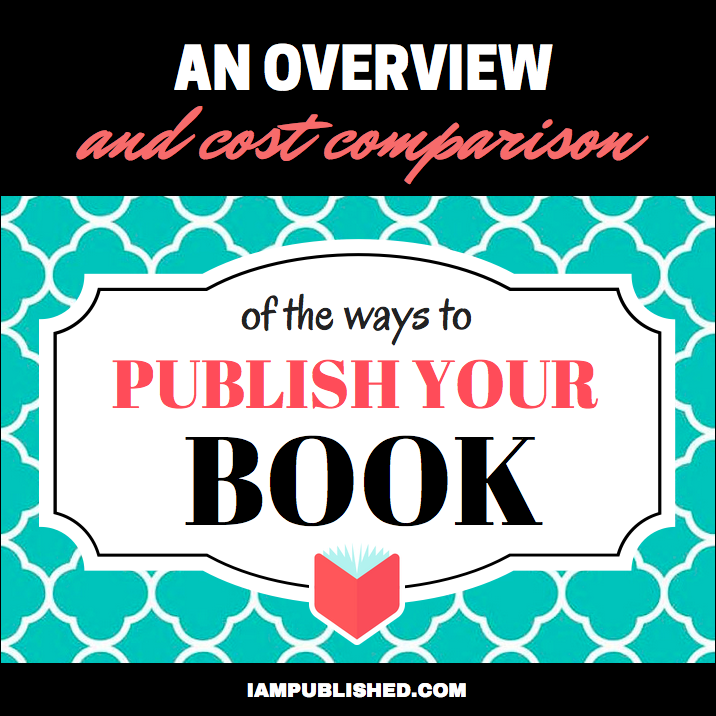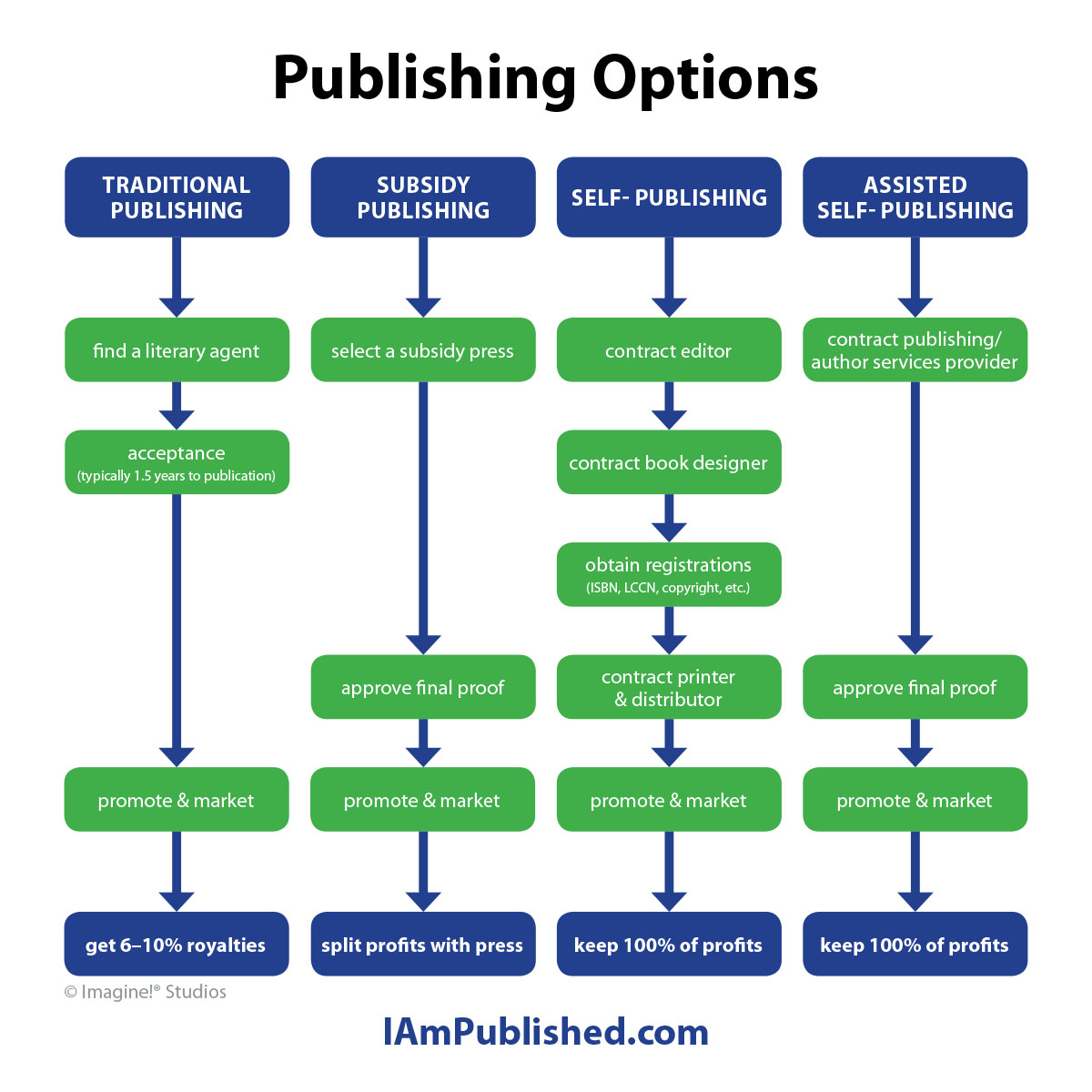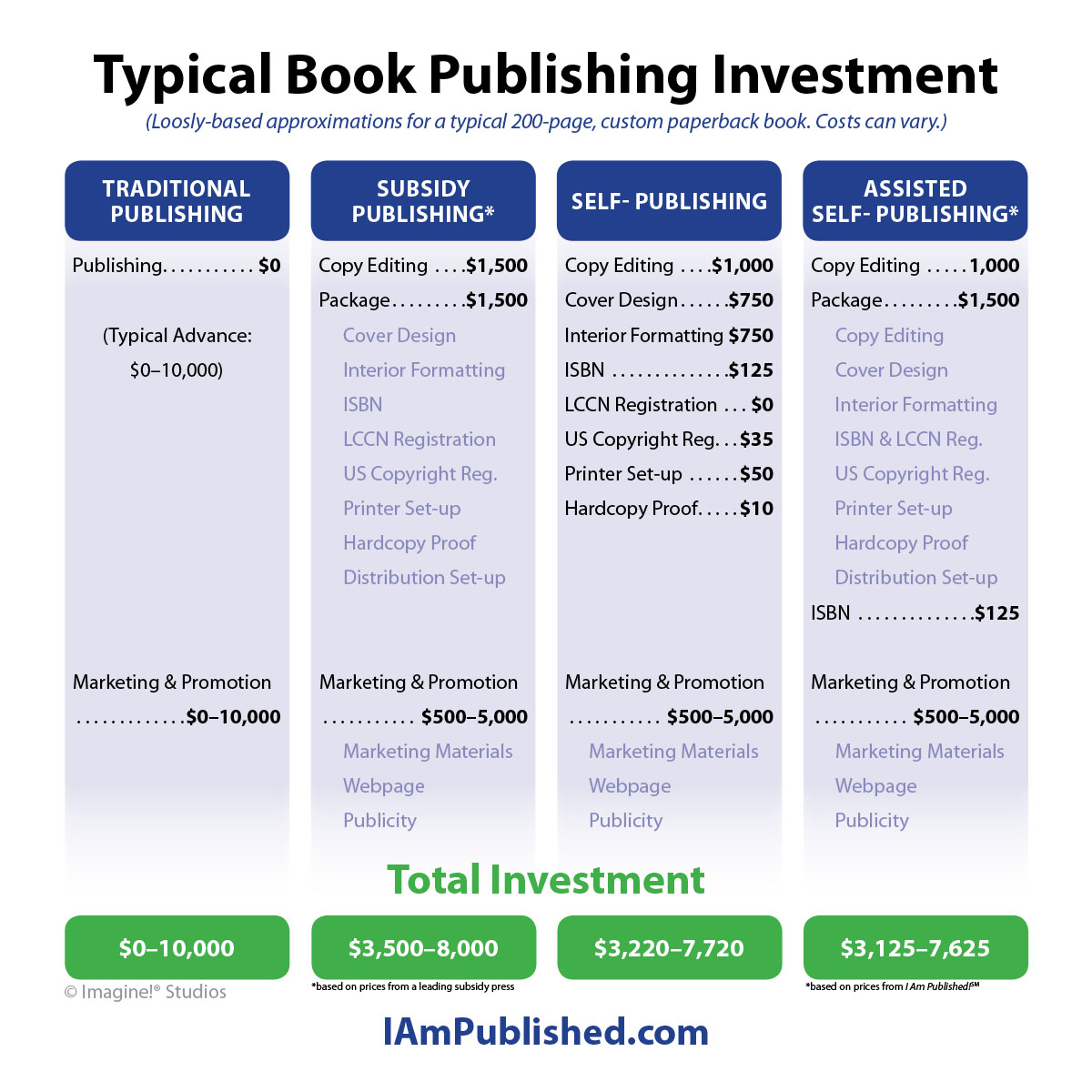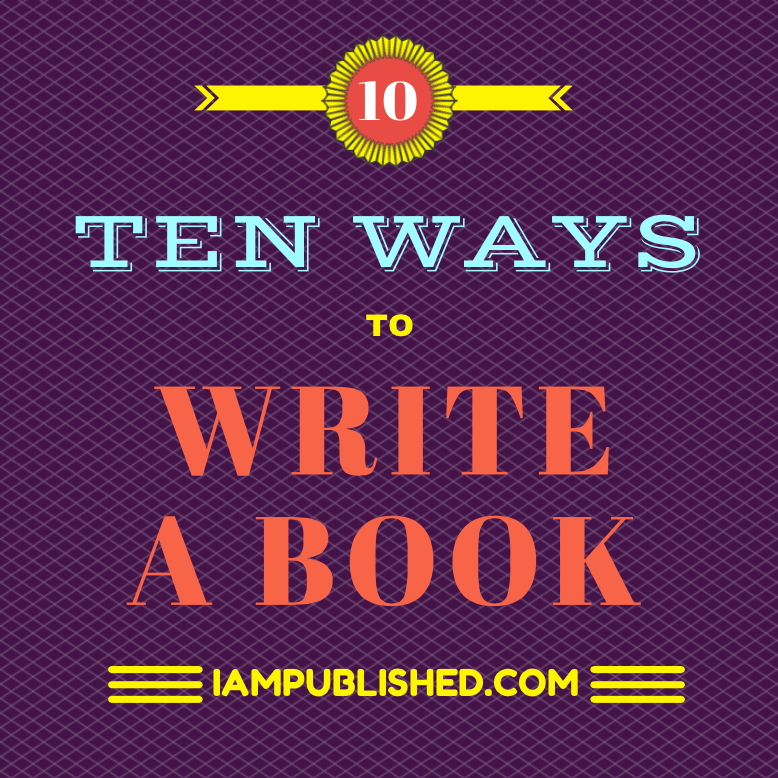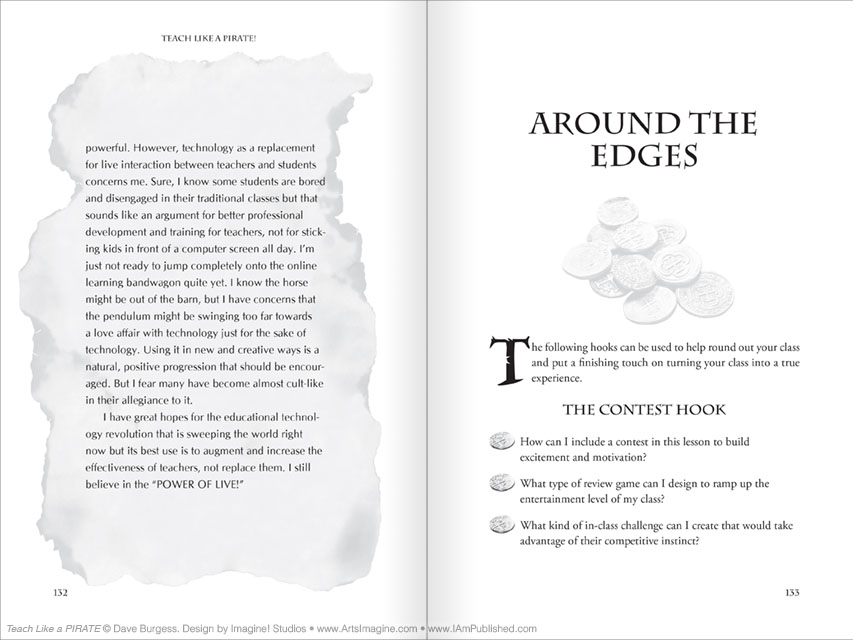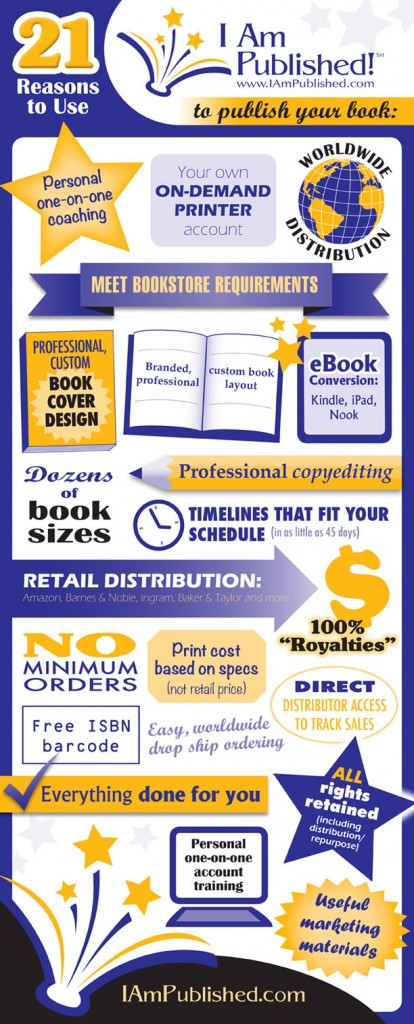THE BUSINESS OF PUBLISHING—Copyright Registration
Copyright Registration is an important part of your book’s publication process. Although you can file a “pre-publication” copyright, it is not necessary since the self-publishing process doesn’t take years to complete. 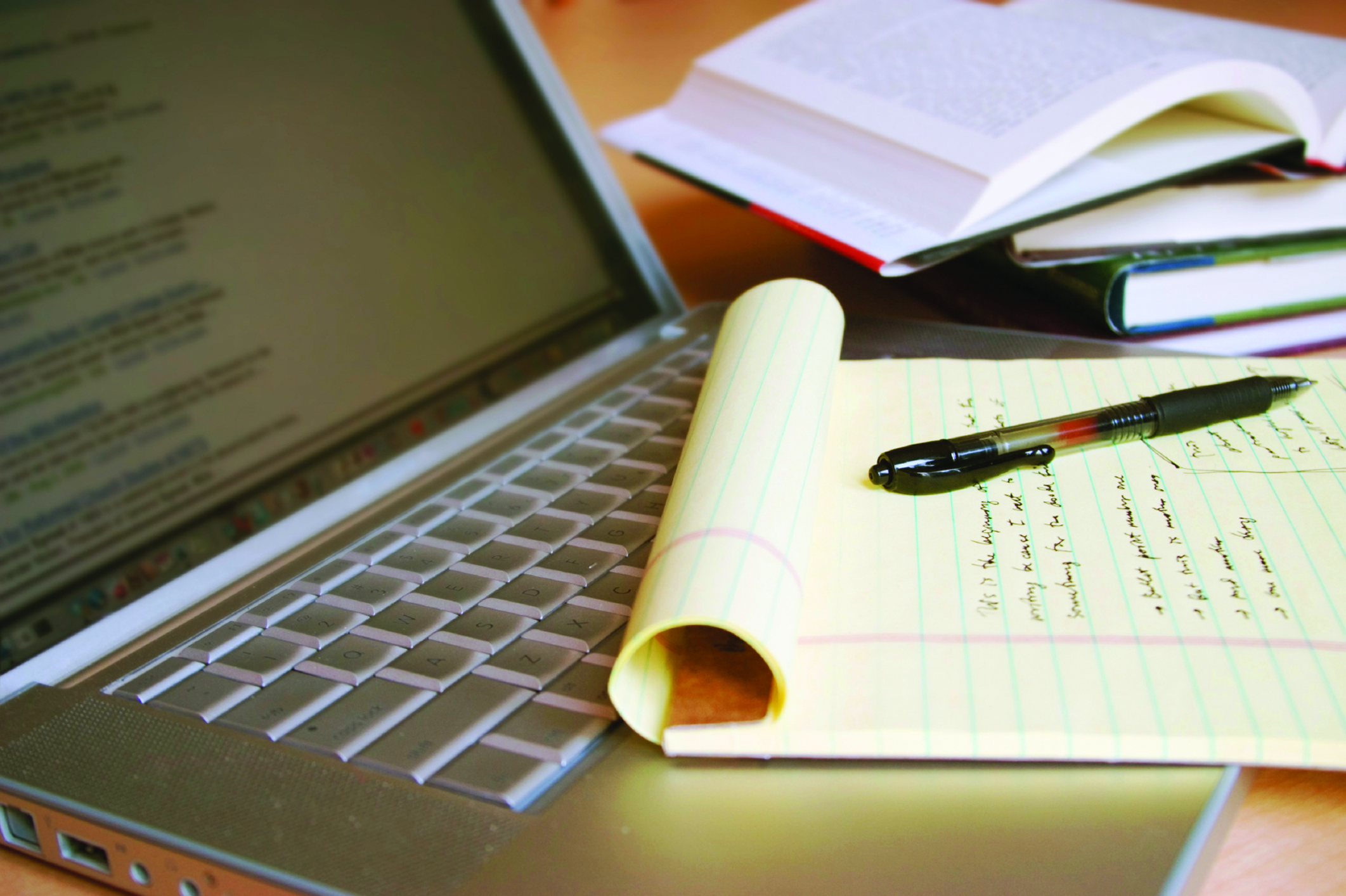
We recommend that you wait to start copyright registration until after your book has been sent to the printer. If you live outside the United States and are planning to publish your book in the US, you will need to consult with an American copyright attorney for help in determining how to register copyright for your book.
The US Copyright Office has both online and paper filing systems. Their paper system can be confusing and costs an additional $10 to file, so we recommend you file via their online “eCO” system. Filing fees are $35 for eCO and $45 for paper processing. Go to: http://www.copyright.gov/eco/index.html and follow the steps to obtain a US Copyright Office account and file your copyright.
After completing the process, watch your email for detailed instructions and a packing slip that will be emailed to you from the US Copyright Office. Print out the packing slip and mail it to the US Copyright Office (address below) along with two copies of your book when you get your first order from the printer.
Copyright Registration is a detailed process. If you find you’d like to have someone take care of these details for you and retain all of your rights and royalties, contact us at IAmPublished.com. We offer a wide range of services and several affordable packages depending on your needs.
THE BUSINESS OF PUBLISHING—Control Number and Cataloging in Publication Registration
To register your book with the US Library of Congress, you can choose to obtain an LCCN or Cataloging in Publication (CIP) data. Read through each section below to decide which one to get.
Library of Congress Control Number (LCCN)
After you receive your ISBNs and an estimated page count from your interior layout artist, you should register the book for a Library of Congress Control Number. The LCCN is entered into a directory that allows libraries within the US to order a copy of your book. If your book is published outside of the US, check with your local library for the equivelent of an LCCN. This number will appear on the copyright page along with the ISBN. To apply for an account with the Library of Congress and an LCCN for your book, go to http://pcn.loc.gov and follow the steps.
Library of Congress Cataloging in Publication (CIP)
Library of Congress CIP data is a detailed description of your book’s subject matter, that is registered in the main Library of Congress database. It helps libraries find, order, and stock books faster. While libraries can order the book with an LCCN, CIP data gets the book in front of them and makes the ordering process even easier. It is beneficial if you are eligible. There are several requirements for getting CIP data, primarily that you are not a self-published author.
As a self-published author, you will not be eligible for Library of Congress CIP information. However, there are two ways to possibly get around this block. First, you can try and register your book for CIP information and just not indicate it is self-published. If you plan on publishing titles by you and two other authors, you will be considered a “small press” and will become eligible for the program. Or you can get Publisher’s Cataloging in Publication data, which doesn’t get you into the main library database, but it does assist libraries with stocking your book, so they are more likely to order.
To try to register for Library of Congress CIP data, go to http://cip.loc.gov and apply for a CIP account using the same instructions as for the LCCN/PCN account. The pages and forms are the same. They will research your information and make a deterimation as to whether they feel you are eligible for the program. If they contact you and say you are not eligible, but you really want libraries to be more open to carrying your book, you should contract a library distributor to create P-CIP data for you. The largest library distributor in the US is Quality Books. They can be reached at:
Quality Books 1003 W. Pines Rd. Oregon, IL 61061
http://www.quality-books.com 800.323.4241
Other Requirements
When you have published your book and get your first order, you need to send one copy to whichever place you have registered it (you can only apply to register it via CIP or LCCN). Use the addresses in the boxes below to submit a complimentary copy of your book. If you chose to use a P-CIP through Quality Books or another company, you must contact them for the rules of submitting copies of your book.
Publishing a book is a detailed process. If you find you’d like to have someone take care of these details for you and retain all of your rights and royalties, contact us at IAmPublished.com. We offer a wide range of services and several affordable packages depending on your needs.
THE BUSINESS OF PUBLISHING—Your Business Identity
If you don’t already have a business, it’s time to consider what kind of image you want to portray. The name you choose for your business is a very important consideration. Hopefully, you will decide on a name that relates to your vision and is not hard for people to spell or remember.
Take the time to do some research and make sure the name you want is not already in use. The first place you can consult is your local county clerk’s office. Or, if you are setting up a corporation or limited liability company, you will need to check with the office of your Secretary of State, which approves business entity filings.
You may also want to do a trademark search. There may be no one in your state who is using the name you have chosen, but there may be someone in another state who is using it as a trademark. If there is any possibility that you might be doing business in other states at some point, you may not be allowed to use your trademark, if someone else had it first.
You can check with the Trademark Electronic Search System through the U.S. Patent and Trademark Office known as the TESS database, but even then, what you find may not be accurate as to who might be using the trademark you want.
The best decision would be to use the services of an attorney who specializes in intellectual property. Such an expert should be able to help you do a proper trademark search to determine whether the name you want to use is a safe choice.
Choosing Your Identity
Once you have a name, branding is the most important element necessary for your business. Many authors who do not already have a business will think about branding after their book is published. However, if you are publishing 100% independently, think about branding first. So what is branding? It is simply the choice you make to represent your image to the world. Your logo, colors, tag line—all these things contribute to your “brand.” Think about a large company that has products such as food items, but also crosses over to t-shirts and apparel, toys, books and more. That company probably started out with something simple, like breakfast cereal. They created a logo, tag line, and even possibly a cartoon character to represent the cereal. Then as word spread and people began to buy the cereal, they came out with stuffed toys of their character. The stuffed toys were purchased not only because they were “cute,” but mostly because people were already familiar with the character and recognized it.
Do the same thing with your business. Start with a logo or even a photograph. Or you can choose a specific object or animal to represent your company. One of our book coaching clients chose a butterfly to represent her company, since her first book was an allegory with a butterfly. It didn’t seem to matter what type of butterfly, as when people saw butterflies they told her they thought of her company and book. Several of our clients have opted for a full logo. One of our clients had a logo created of a broken heart to represent her non-profit, and her first book had “broken heart” in the title, so her existing logo helped promote the new book.
An Example of Branding
At Imagine! StudiosTM, we selected a color palate of blue and green to represent our image. Starting with those colors, we came up with a logo that is entertaining and eye-catching. All of our marketing material and training programs use the same shades of blue and green and a similar clean design style. Our logo appears on everything from business cards and brochures to car magnets and books. Using the same logo over and over has helped us create a “brand”—something recognizable that when people see it, they think of Imagine! StudiosTM.
A Note About Color
Color can play a vital role in the feelings you want to invoke from your audience. Use the following color guide when choosing colors for your brand.
Red aggressive, energy, power, anger, hunger, heat, exciting, passionate, enthusiastic
Yellow wisdom, sunshine, joy, radiance, intellect, caution, call to action
Blue water, sky, cool, peace, knowledge, loyalty, trust, contemplation, justice
Green soothing, healing, rest, nature, money, harmony, growth, honesty, truth, testimony
Black night, power, sophisticated, elegant, formal, serious, dignified, solitary, mysterious, intrigue
Teach Like a PIRATE
I Am Published! worked with author Dave Burgess to publish his phenomenally successful book, Teach Like a PIRATE: Increase Student Engagement, Boost Your Creativity, and Transform Your Life as an Educator.
We were able to provide Dave with a custom, professional, and eye-catching design for both the cover and the interior of the book that helped it garner widespread attention in education circles. We also took care of certain details, allowing him to stay focused on other parts of his career.
The work we did on Teach Like a PIRATE allowed it to be marketed effectively and successfully, so much so that it has repeatedly made the New York Times Best Seller List in Education books. Additionally, it has been reviewed by and featured in many educational publications.
As an award-winning U.S. History teacher at West Hills High School in San Diego, California, for more than sixteen years, Dave Burgess specializes in teaching hard-to-reach, hard-to-motivate students with techniques that incorporate showmanship and creativity.
Based on Dave’s popular seminars, Teach Like a PIRATE, his book by the same title offers inspiration, practical techniques, and innovative ideas designed to help teachers boost their creativity, transform their life as an educator, and increase student engagement.
Contact I Am Published! so we can help you achieve the professional publication of your book.
For more on Dave Burgess, visit his website at DaveBurgess.com.

